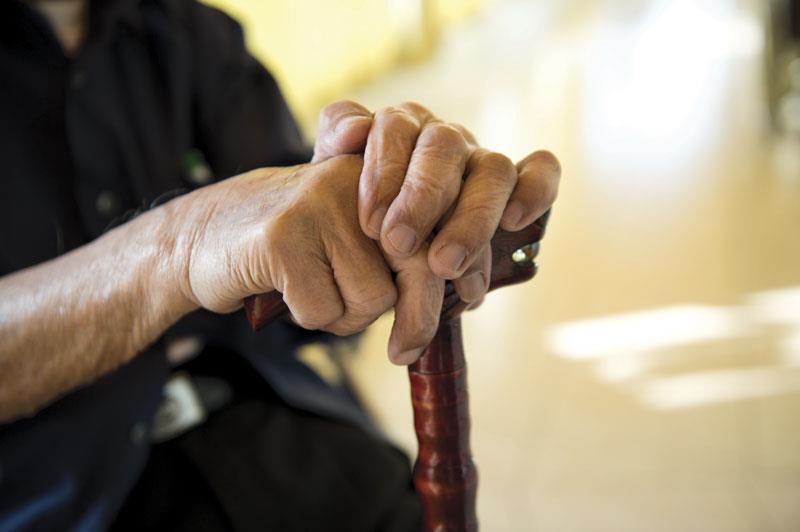
The creatinine-cystatin C ratio (Cr/CysC) correlates well with handgrip strength and may be useful as a screening tool for middle-aged and elderly adults with low handgrip strength, a recent China study has found.
Researchers conducted a cross-sectional analysis of 2,339 community-dwelling adults (mean age, 55±17 years; 1,241 women). Handgrip strength was measured using a digital grip dynamometer, as administered by training nurses, and serum Cr and CysC were measured using the appropriate assays from blood samples.
Handgrip strength was positively and significantly associated with Cr/CysC in both men (r, 0.376; p<0.001) and women (r, 0.407; p<0.001). Haemoglobin and albumin were also positive correlates, while age and C-reactive protein levels were inverse interactors.
Logistic regression analysis showed that Cr/CysC was significantly indicative of low handgrip strength, as assessed by the Asian Working Group for Sarcopoenia (AWGS) in both men (odds ratio [OR] per 1 standard deviation [SD], 0.63, 95 percent confidence interval [CI], 0.42–0.94) and women (OR per 1 SD, 0.52, 95 percent CI, 0.39–0.69).
A similar pattern of interaction was observed when low handgrip strength was defined according to the European Working Group on Sarcopenia in Older Adults criteria.
At a cutoff of <8.9 in men and <8.0 in women, Cr/CysC had an area under the curve of 0.79 and 0.78, respectively, for the identification of AWGS-defined low handgrip strength.
“In China, community-dwelling older adults have an opportunity to receive a yearly check-up (including the test of Cr and CysC) without charge. Therefore, the Cr/ CysC ratio may be helpful to detect low muscle strength in this population without adding any time-consuming steps, medical device, or financial burden,” researchers said.